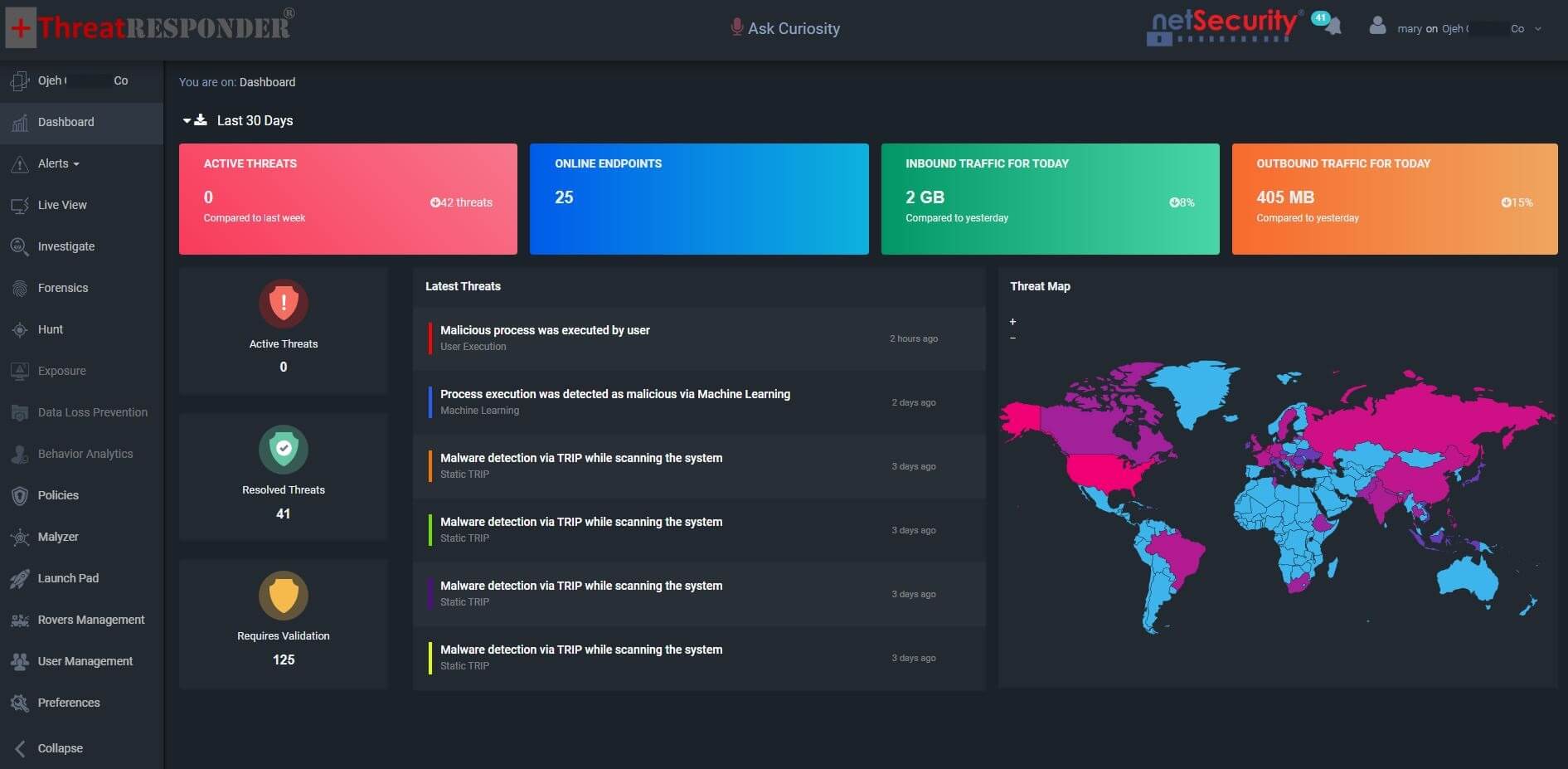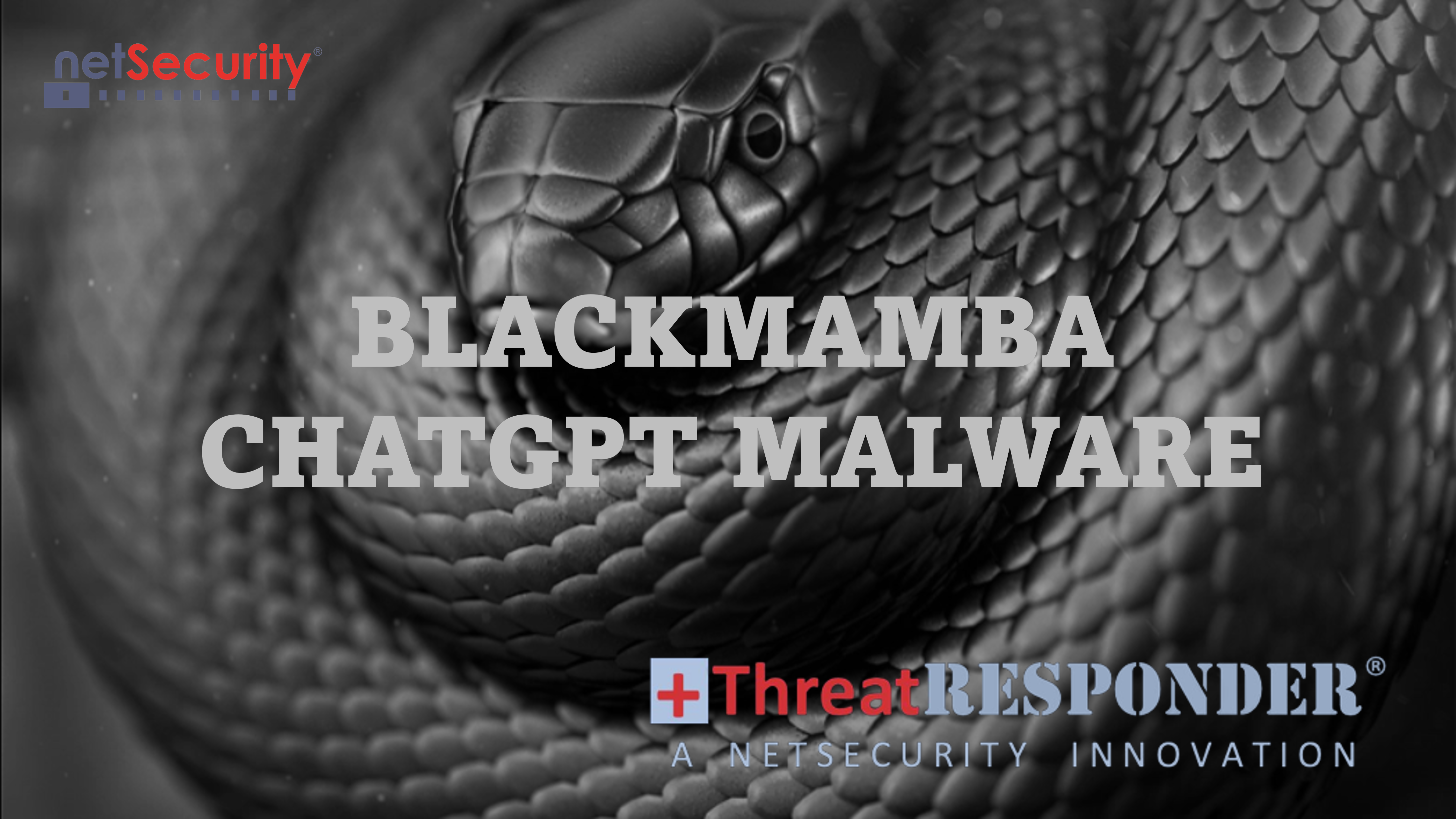Don’t Let a Cyber Attack Take You Down: Why Your Business Needs an Incident Response Plan
In today’s digital era, data breaches and cyber-attacks have become a common occurrence. Cybersecurity threats can range from phishing emails and malware to denial of service (DoS) attacks and ransomware. In response to this rising threat, many organizations have adopted Incident Response Plans (IRPs) to help them respond quickly and effectively to security incidents. An IRP is a documented set of procedures that outlines how an organization will respond to a cybersecurity incident. It is a critical part of an organization’s overall cybersecurity strategy and helps reduce the impact of security incidents.
Importance of Incident Response Plans
An incident response plan is a vital part of an organization’s cybersecurity strategy. It provides a structured approach for responding to security incidents, ensuring that incidents are identified, contained, and remediated quickly and effectively. Here are some reasons why having an IRP is crucial for an organization
-
Minimizes Damage and Reduces Recovery Time
An effective IRP can help minimize the damage caused by a security incident and reduce the time required to recover from it. The faster an organization can contain and remediate an incident, the less impact it will have on the business. An IRP helps ensure that everyone involved in the incident response process knows what to do, who to contact, and what resources are available to them.
-
Ensures Compliance with Regulations and Standards
Many regulations and industry standards, such as HIPAA, PCI DSS, and GDPR, require organizations to have an incident response plan in place. Failure to comply with these regulations can result in significant fines and legal liabilities. An IRP helps ensure that organizations meet these regulatory requirements and are better prepared to respond to security incidents.
-
Improves Communication and Coordination
Incident response plans help improve communication and coordination between different departments and stakeholders involved in incident response. It provides a clear set of guidelines and procedures that everyone can follow, ensuring that all stakeholders are on the same page. This helps prevent confusion and delays in the incident response process.
-
Enhances Preparedness and Responsiveness
An IRP is a proactive approach to cybersecurity that helps organizations better prepare for security incidents. It ensures that the necessary resources, such as technology, personnel, and training, are in place to respond to incidents quickly and effectively. By improving preparedness and responsiveness, organizations can minimize the impact of security incidents and reduce the likelihood of future incidents.
NetSecurity’s ThreatResponder: The Ultimate Solution for Incident Response
NetSecurity’s ThreatResponder is a cloud-based incident response platform that helps organizations better manage their incident response. It provides a range of features and capabilities that make incident response more efficient and effective.
ThreatResponder provides a centralized incident management dashboard that allows organizations to manage incidents from a single location. It enables incident responders to quickly and easily view incident details, such as the severity, status, and priority. It also provides a timeline of events, allowing incident responders to track the incident’s progress and see what actions have been taken. It’s machine learning based detection engine identifies and classifies threats based on behavior patterns. This enables it to detect and block new and unknown threats, including those that are designed to evade traditional antivirus software. ThreatResponder uses a range of techniques to prevent malware infections from taking hold, including file reputation analysis and AI/ML based behavioral analysis.
In addition to these features, ThreatResponder also provides advanced analytics capabilities that help organizations quickly identify and respond to potential threats. The solution is designed to be easy to use, allowing organizations to quickly implement and start using it to prevent cyber attacks.
 Want to try our ThreatResponder, cutting-edge Endpoint Detection & Response (EDR), and ThreatResponder FORENSICS, the Swiss knife for forensic investigators in action? Click on the below button to request a free demo of our NetSecurity’s ThreatResponder platform.
Want to try our ThreatResponder, cutting-edge Endpoint Detection & Response (EDR), and ThreatResponder FORENSICS, the Swiss knife for forensic investigators in action? Click on the below button to request a free demo of our NetSecurity’s ThreatResponder platform.











